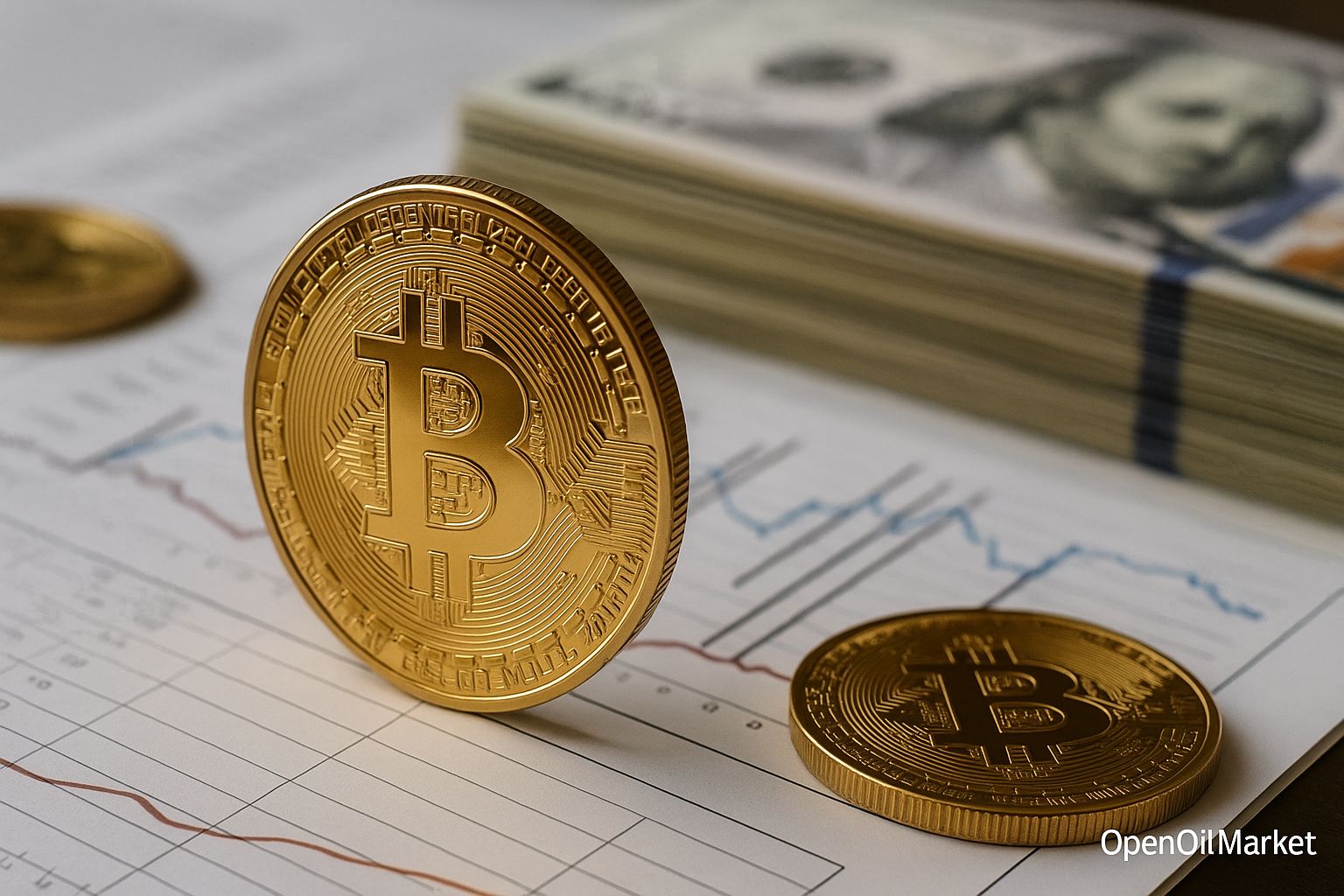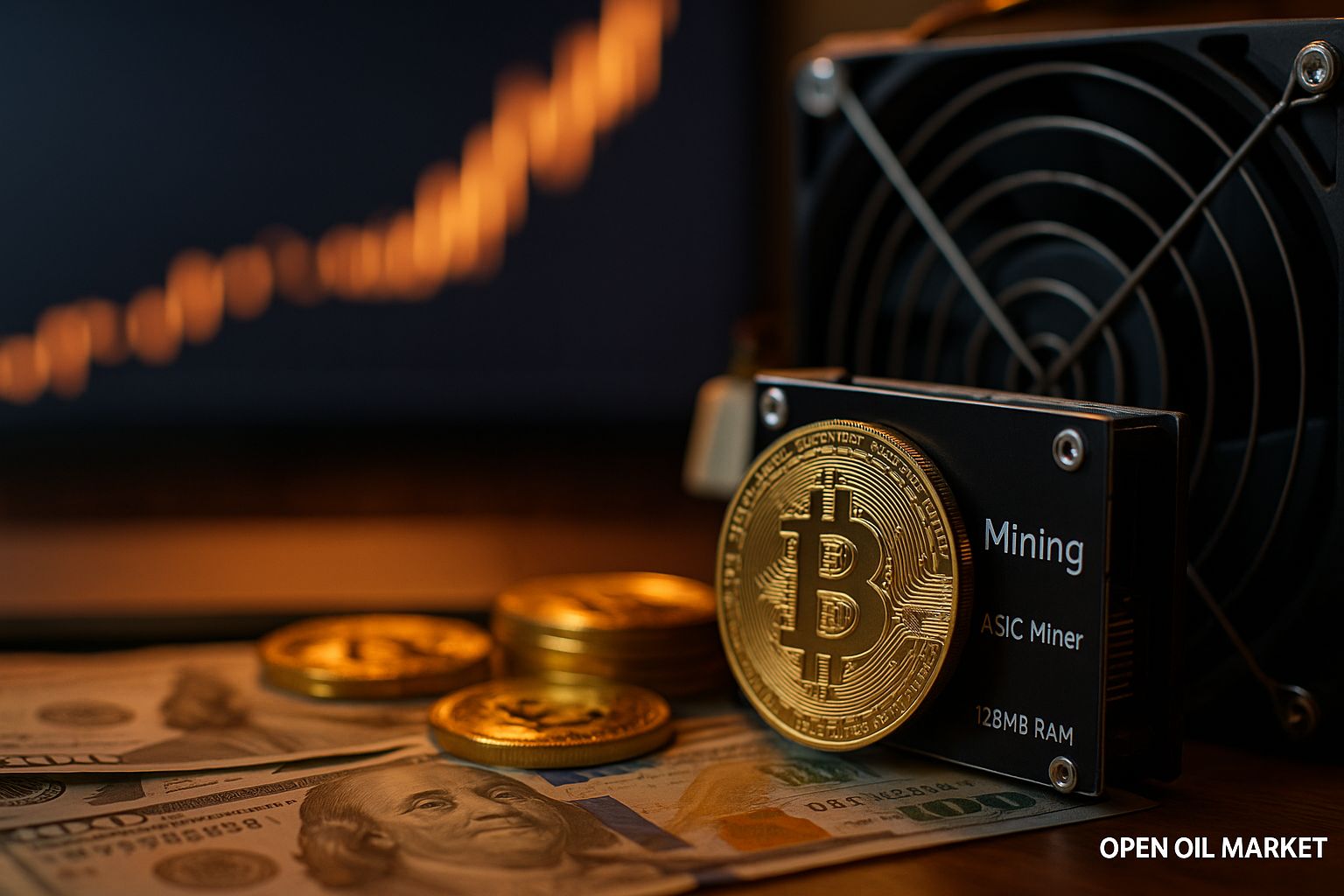The CAPE Ratio for the S&P 500 Reaches Its Second Highest Level in History: Is the Market Overheated?
In recent months, investor attention has once again turned to the CAPE (Cyclically Adjusted Price-to-Earnings) ratio, which for the S&P 500 has reached 38.08, marking the second highest value in history. The only time it was higher was during the dot-com bubble in 2000. This raises serious concerns among analysts, as a high CAPE is traditionally seen as an indicator of an overheated market and a potential correction.
What is CAPE and Why is it Important?
CAPE, or the Shiller Ratio, was developed by Nobel laureate Robert Shiller for a more accurate assessment of stock market valuation. It is calculated as the ratio of the current stock price to the average earnings over the past 10 years, adjusted for inflation. The historical average CAPE value for the S&P 500 is approximately 15.2, and when the ratio exceeds 30, the market is considered overvalued.
A high CAPE ratio suggests that investors are willing to pay significantly more for each unit of corporate earnings, indicating an unrealistic optimism. Historically, periods of high CAPE values have been succeeded either by long-term stagnation or substantial market declines.
Why is the S&P 500 CAPE So High?
The rise in the CAPE ratio has been driven by several factors:
- Record Levels of the Stock Market – the S&P 500 has set multiple new highs in 2024.
- Investor Optimism – expectations of ongoing economic growth and declining Federal Reserve rates are fueling demand for stocks.
- Growth in the Technology Sector – companies in the AI, chip, and Big Tech sectors continue to demonstrate strong profitability and attract capital.
- Liquidity Influx – high levels of market liquidity are contributing to asset growth.
However, some experts warn that such high valuations have historically preceded long-term market yield declines and increased volatility.
Investor Concerns: A Repeat of the Dot-Com Bubble?
The last time CAPE exceeded 44 was during the dot-com bubble in 2000, after which the market plummeted by more than 50%. Many traders today are comparing the current situation to that period:
- High valuations of technology company stocks;
- A significant influx of retail investors willing to overpay for assets;
- Expectations of further growth without regard to fundamental risks.
If history were to repeat itself, the market could face significant corrections in the coming years, especially if macroeconomic conditions deteriorate.
What Should Investors Do?
Given the historical data and the current situation, investors should consider:
- Reassessing Portfolio Composition – reducing exposure to overvalued stocks and adding defensive assets.
- Diversifying Investments – looking into international markets and alternative asset classes.
- Monitoring Federal Reserve Actions – possible monetary policy changes may impact the market.
- Avoiding Excessive Risk – history indicates that periods of high overvaluation can end in downturns.
Conclusion
The current CAPE level for the S&P 500 is the second highest in history, raising concerns among investors. While market conditions may differ from those in 2000, high stock valuations always carry significant risks. Investors should closely monitor market dynamics and be prepared for potential changes in the investment environment.




